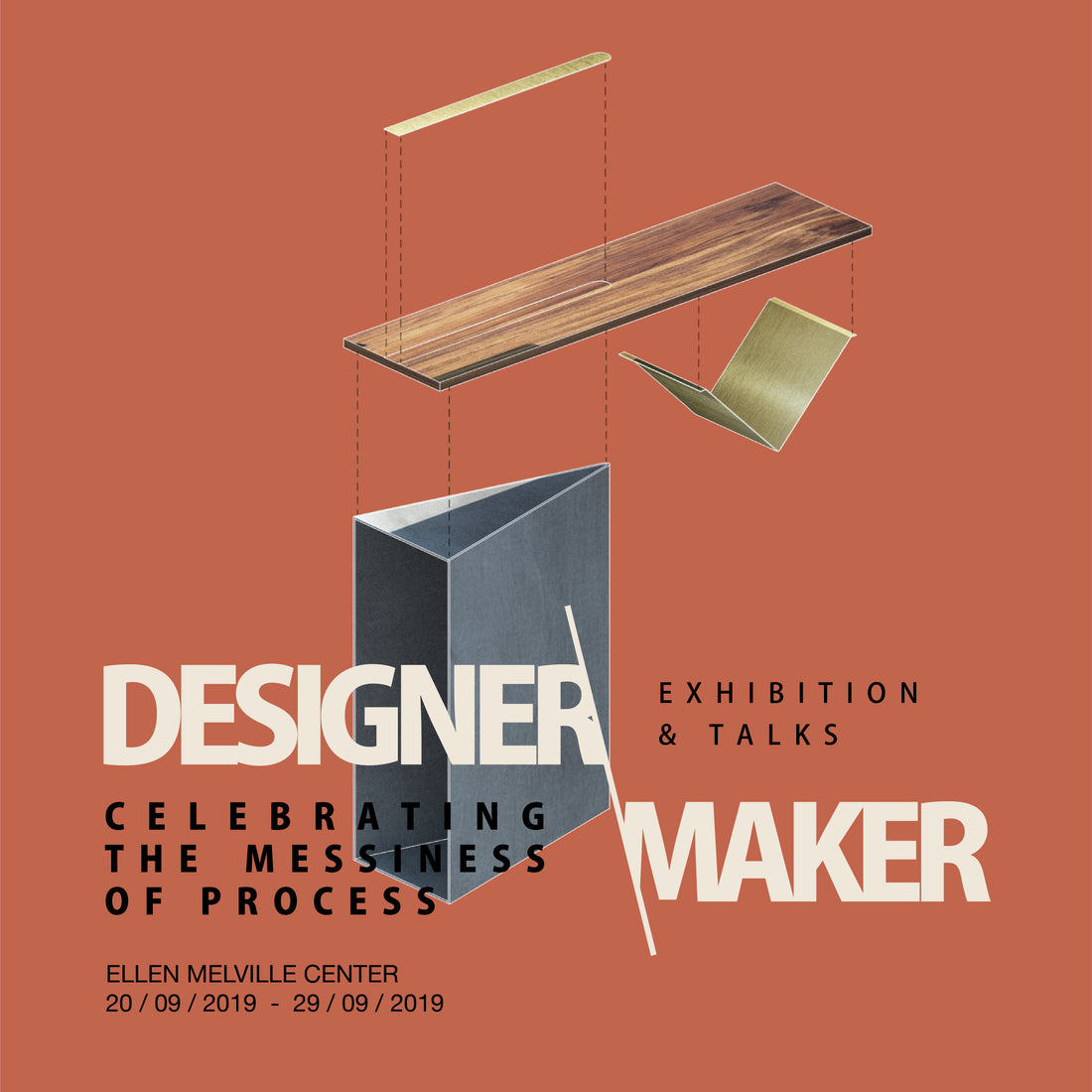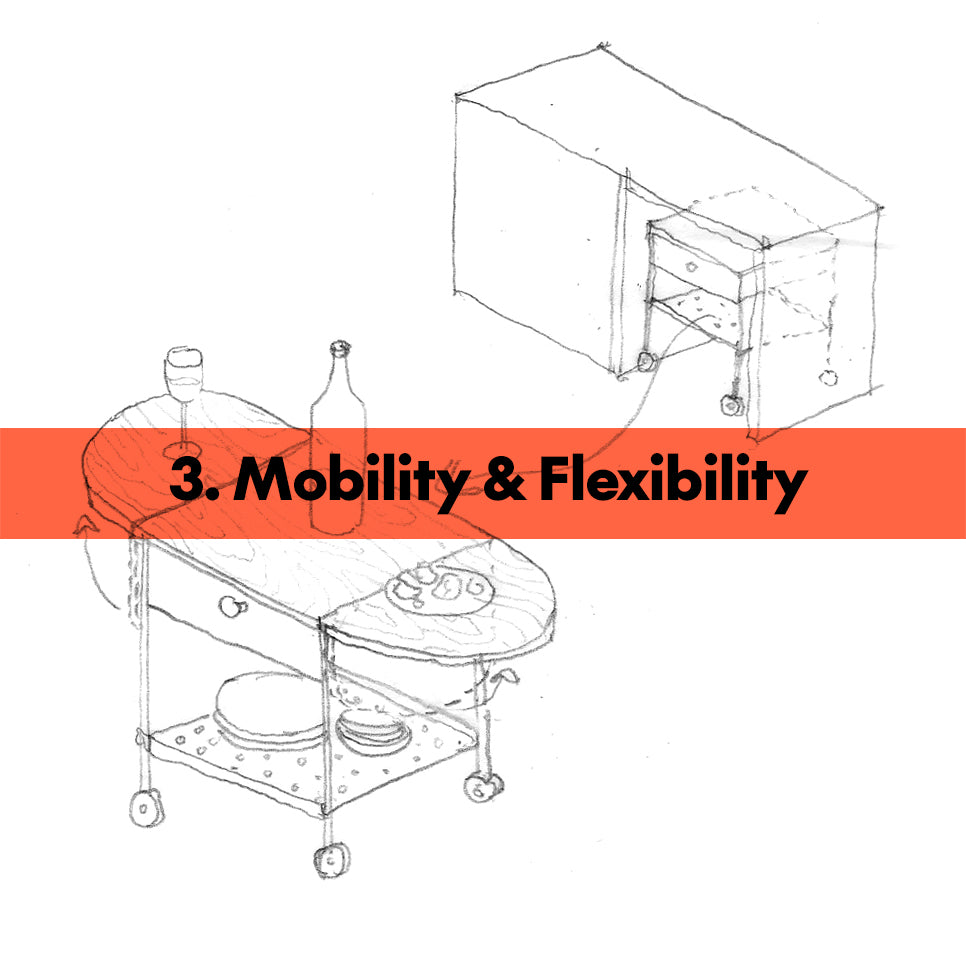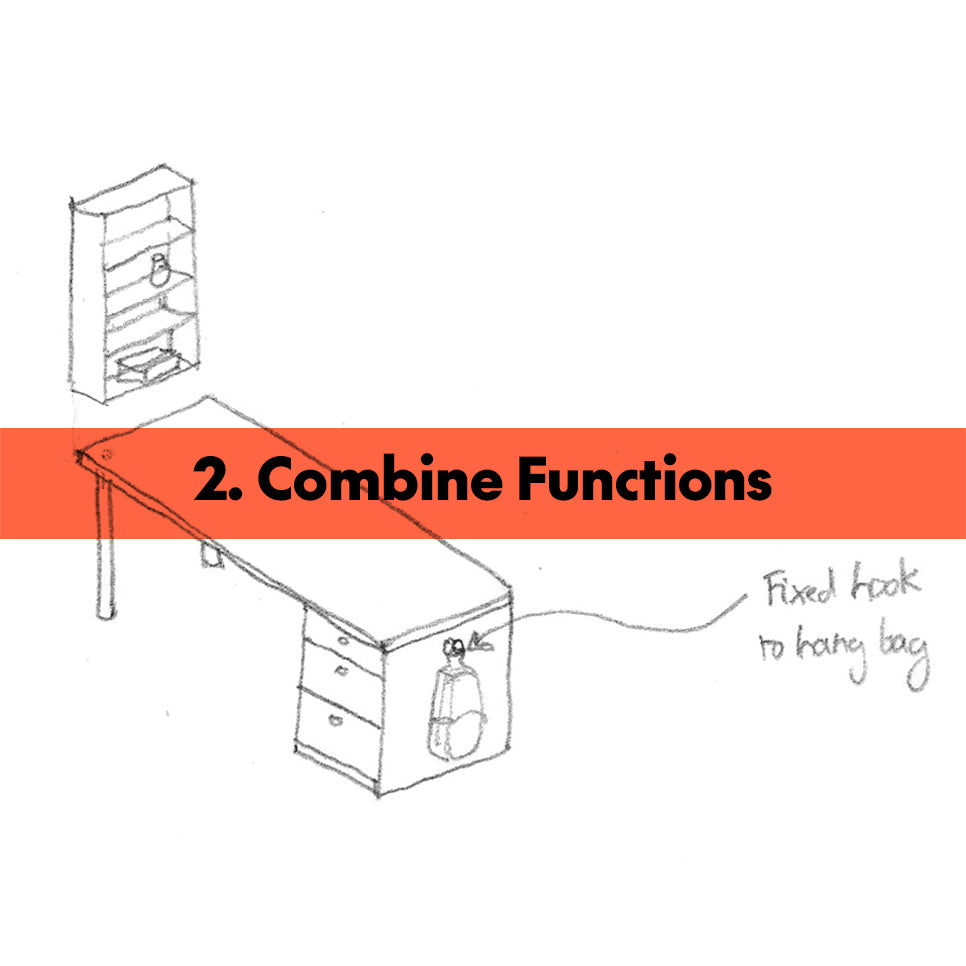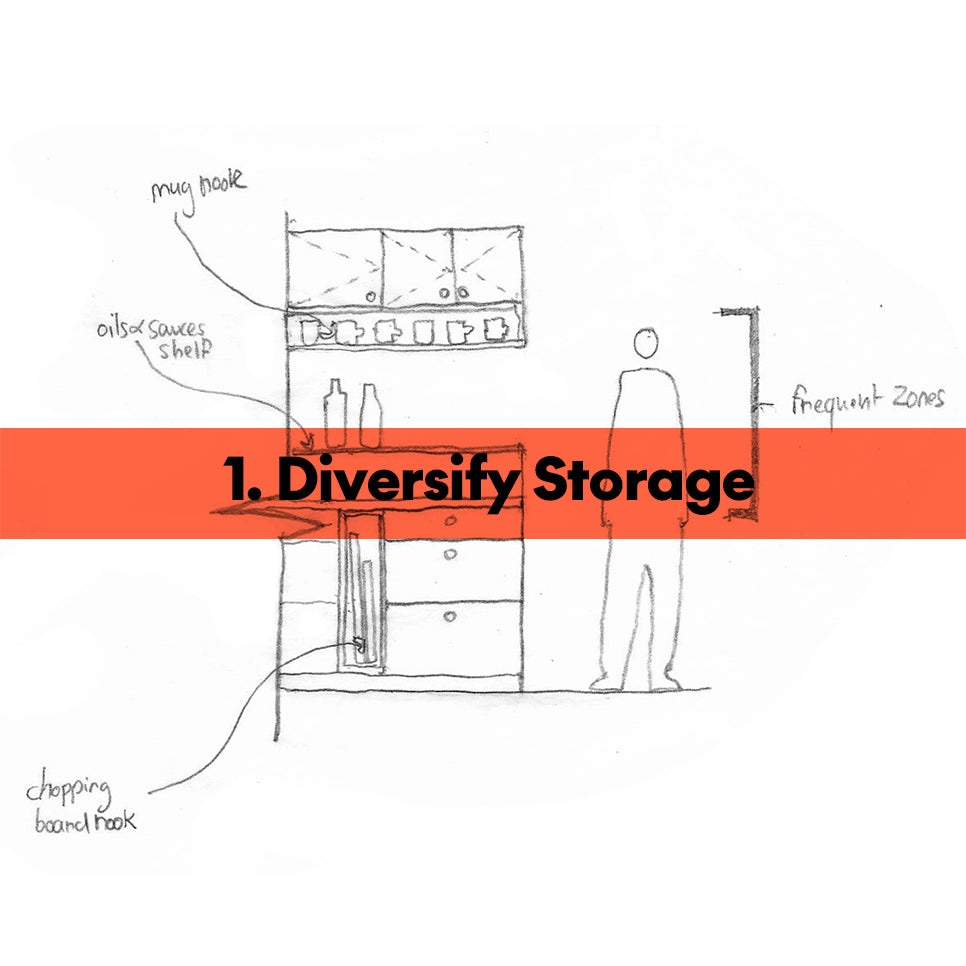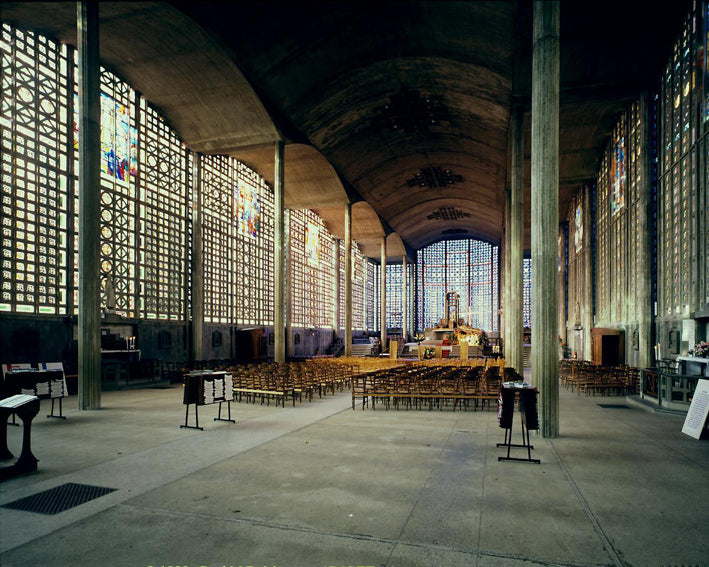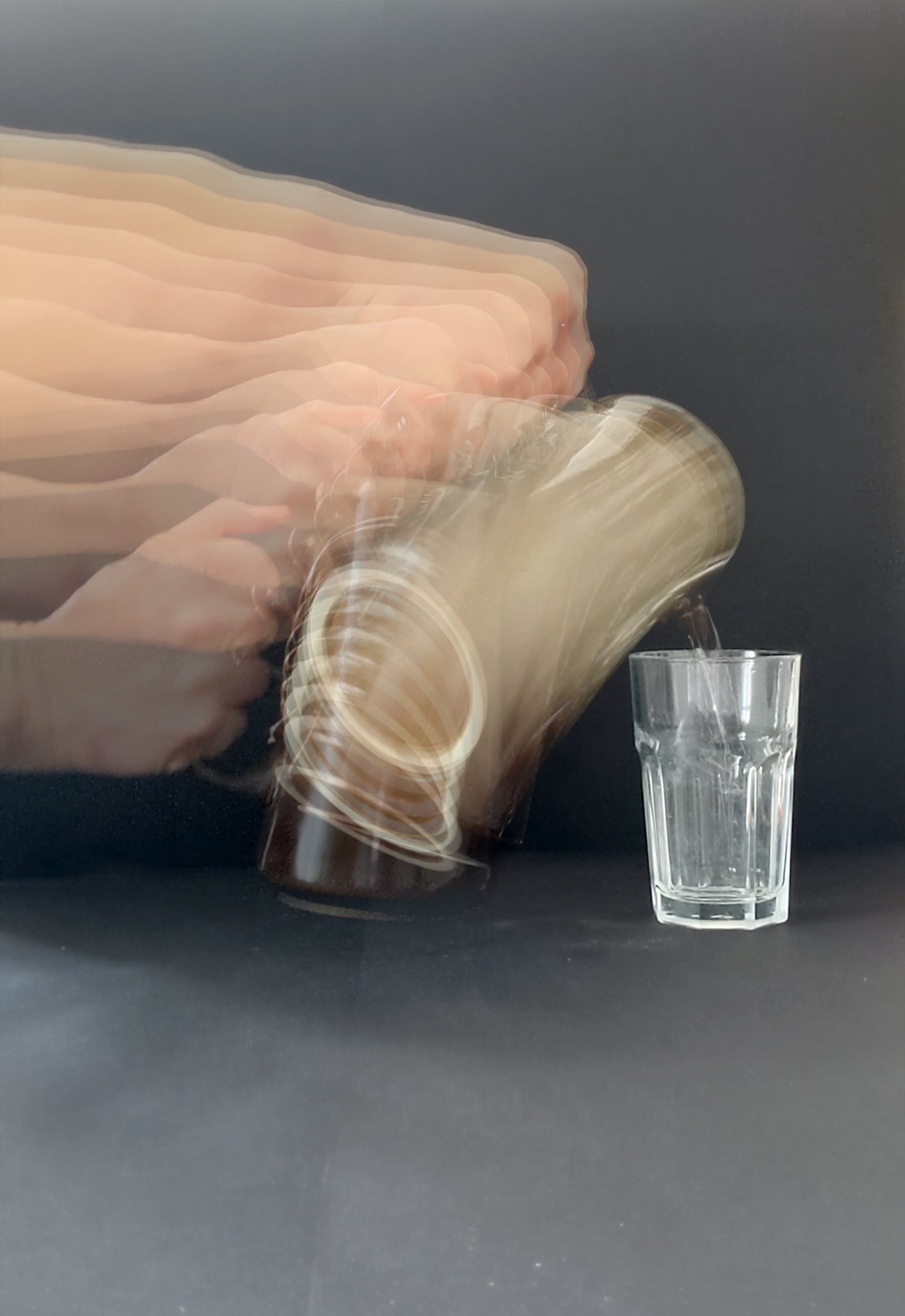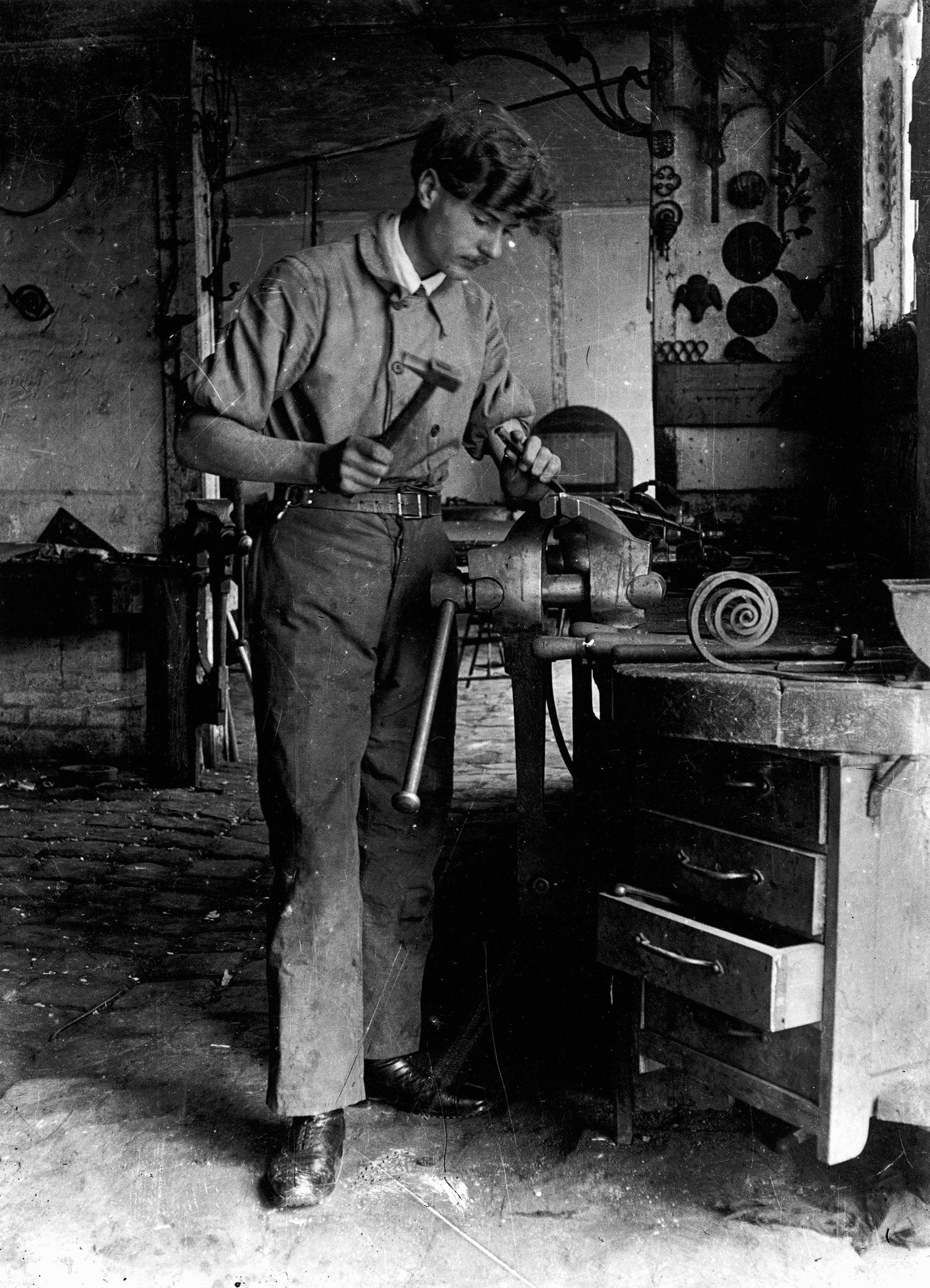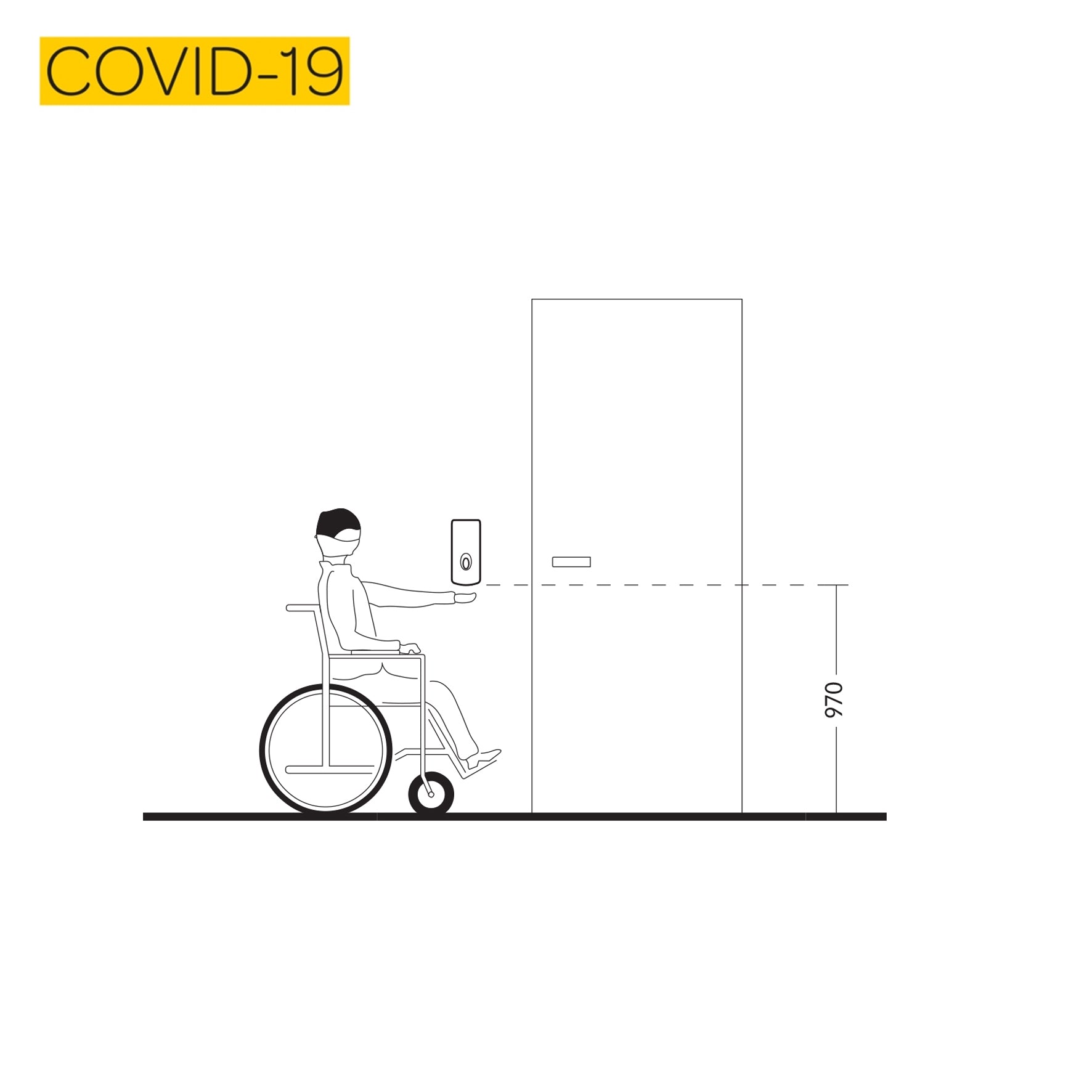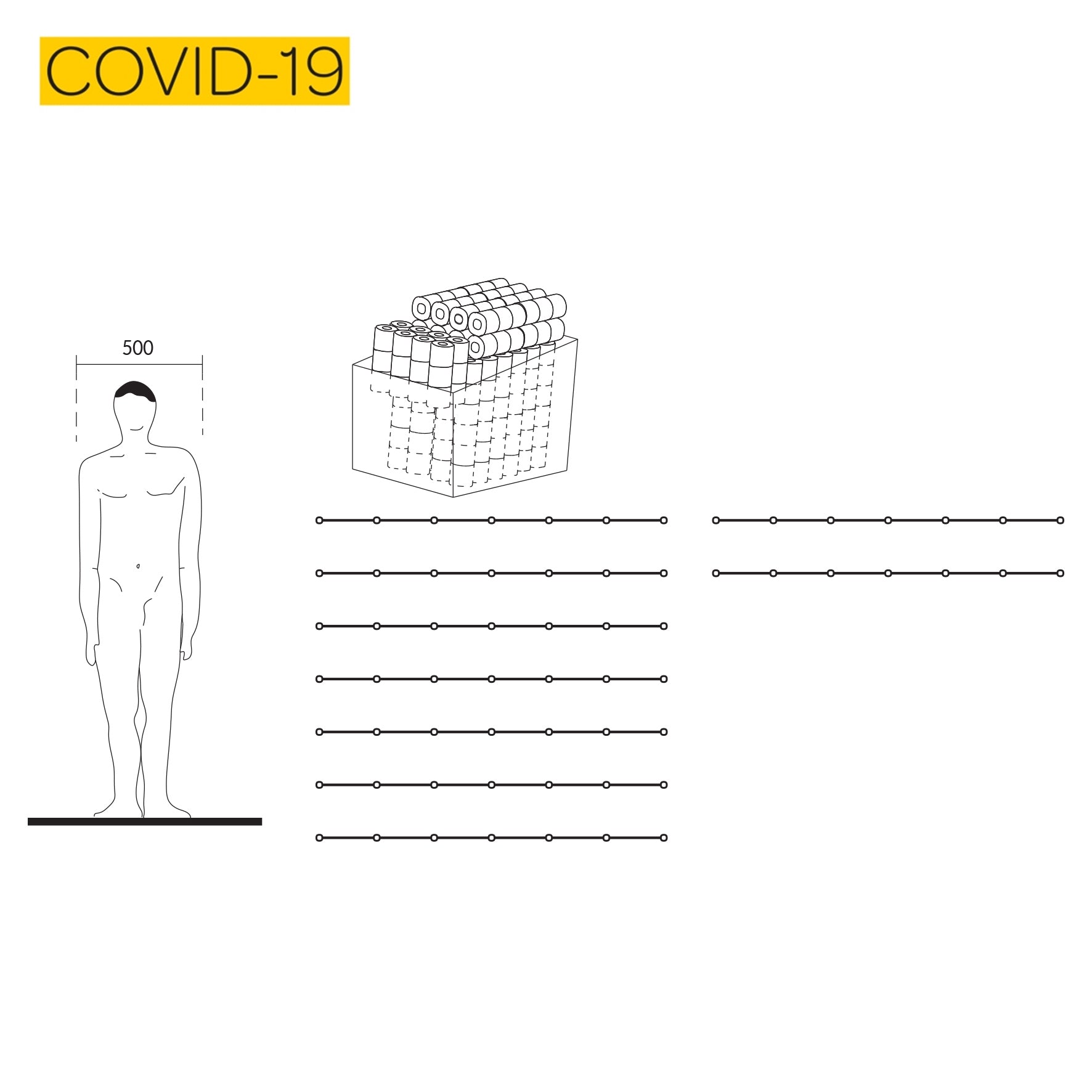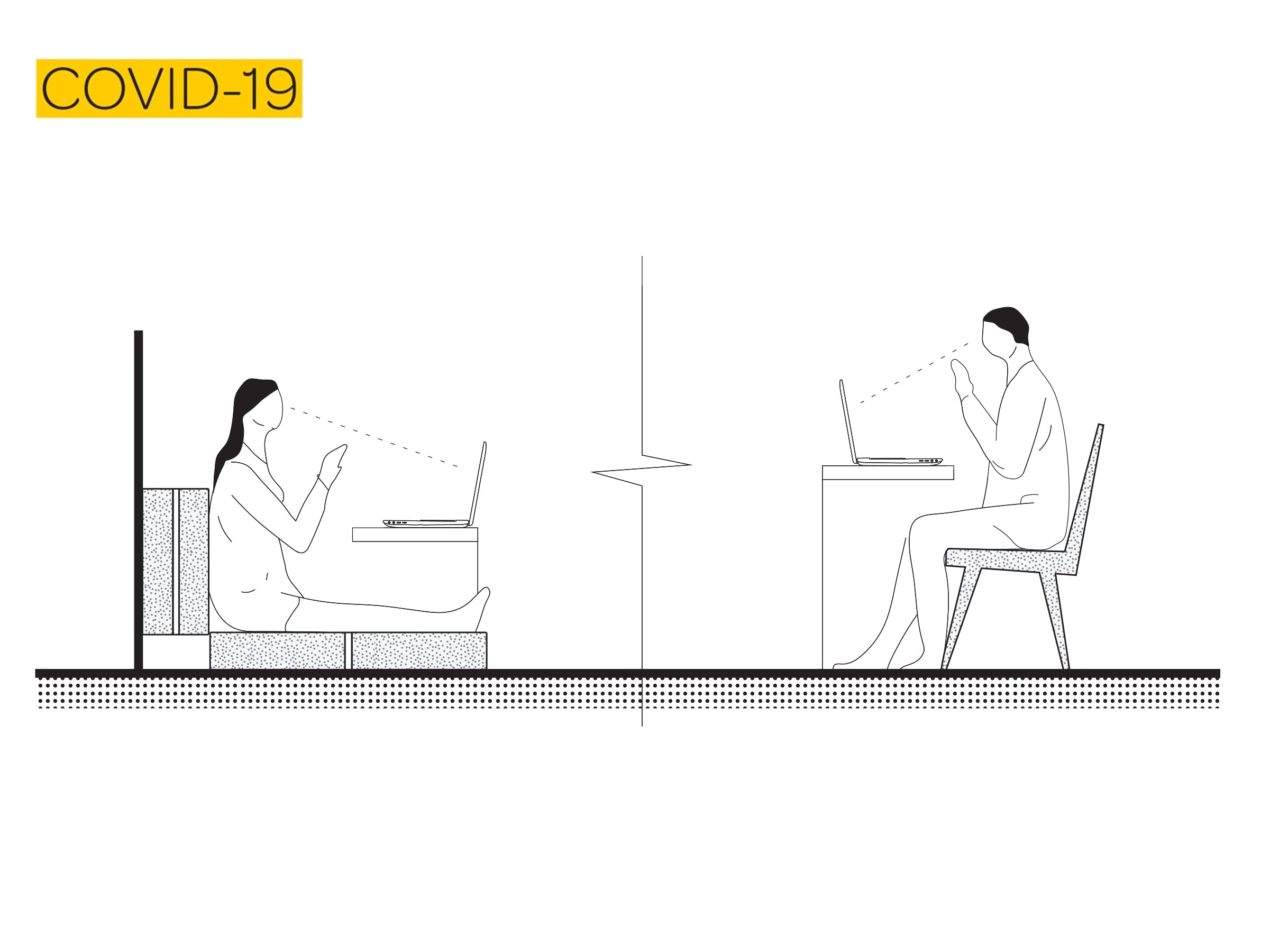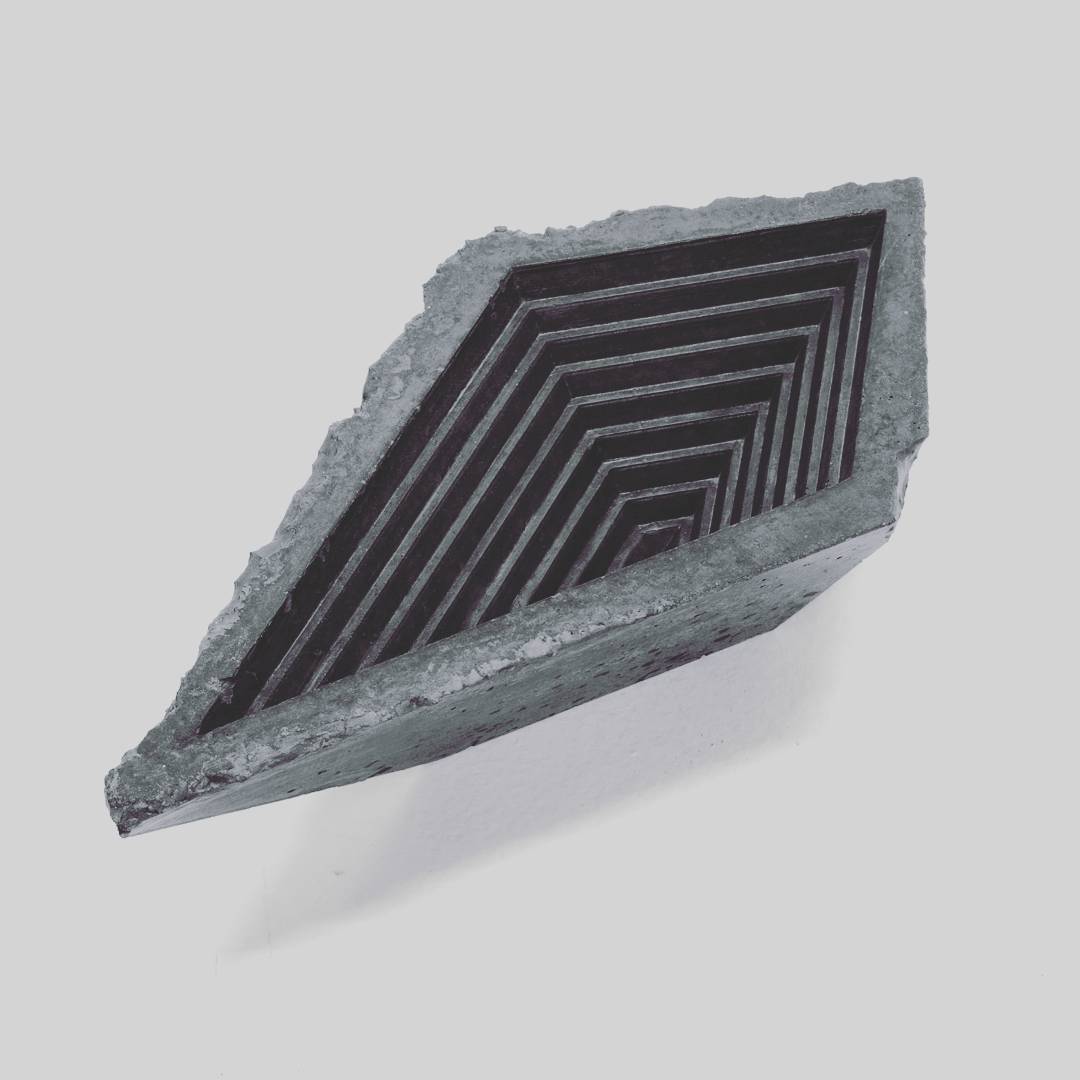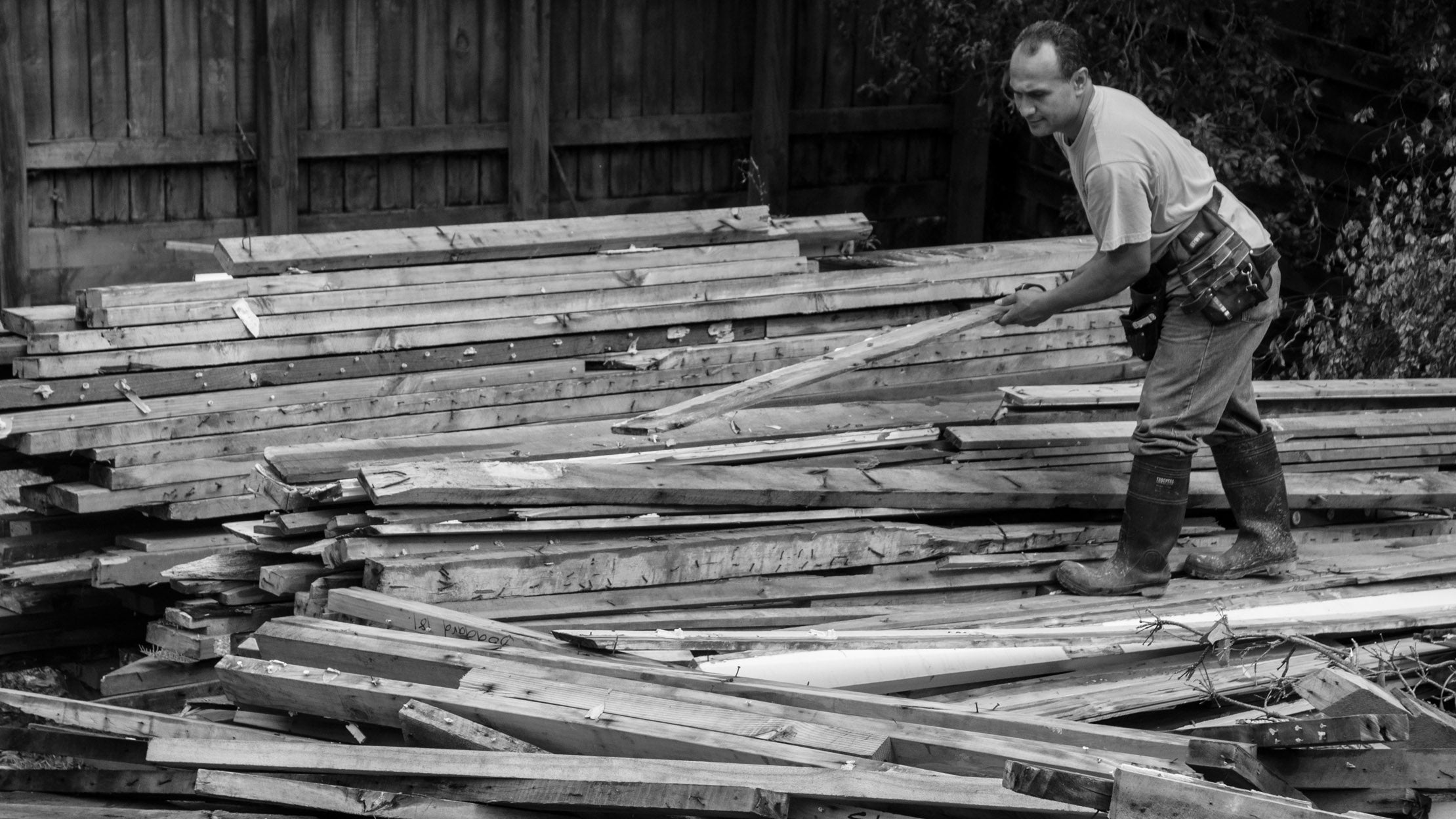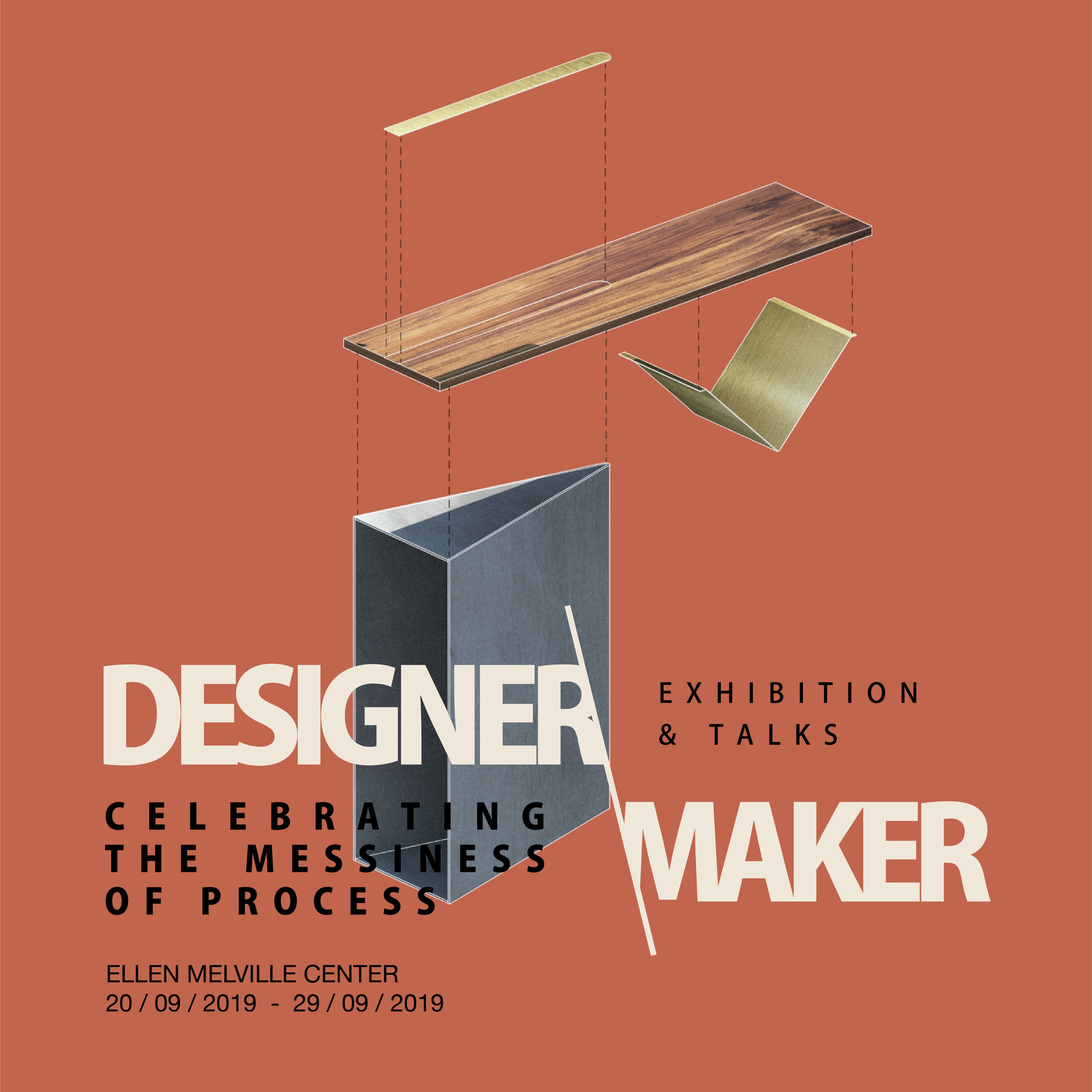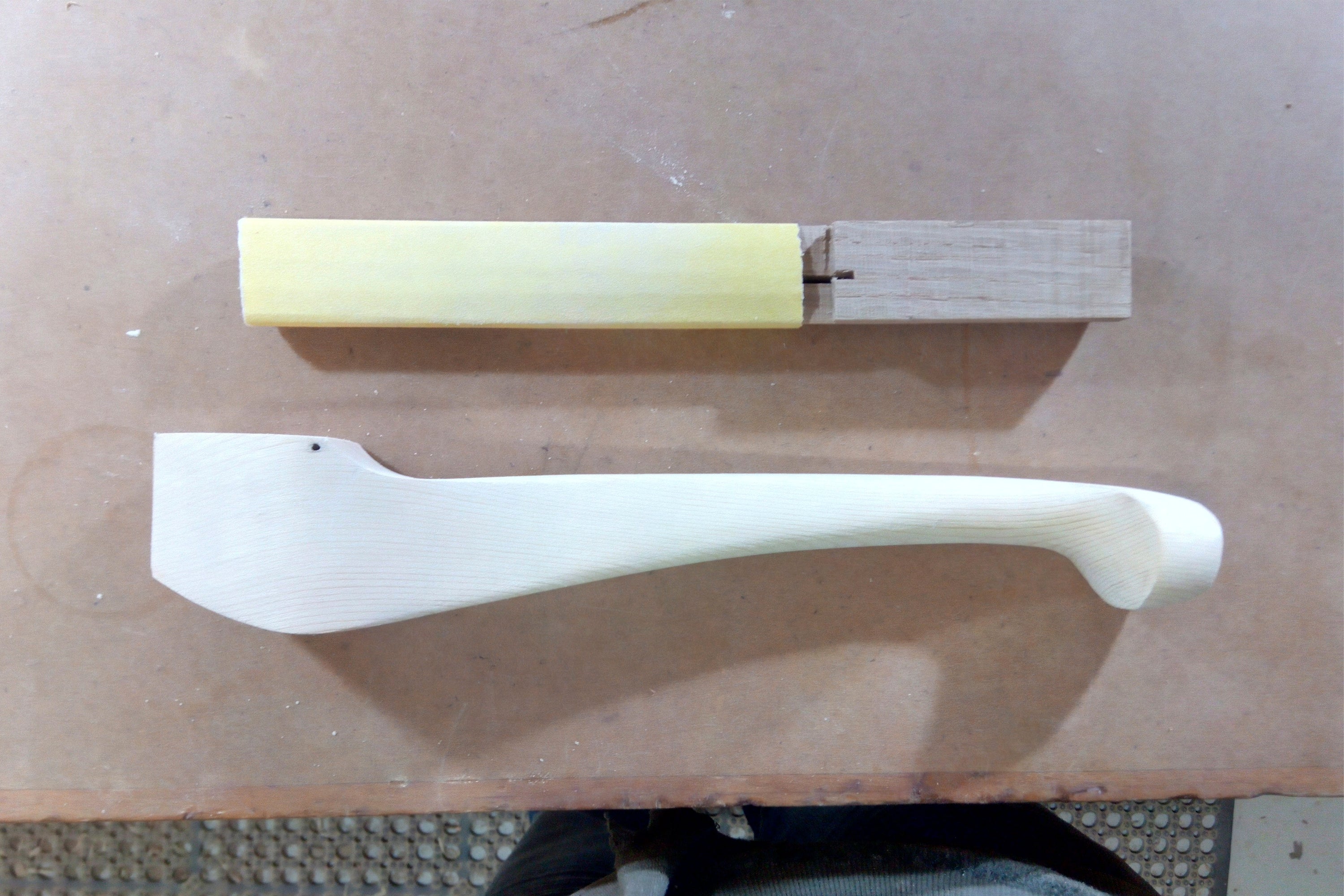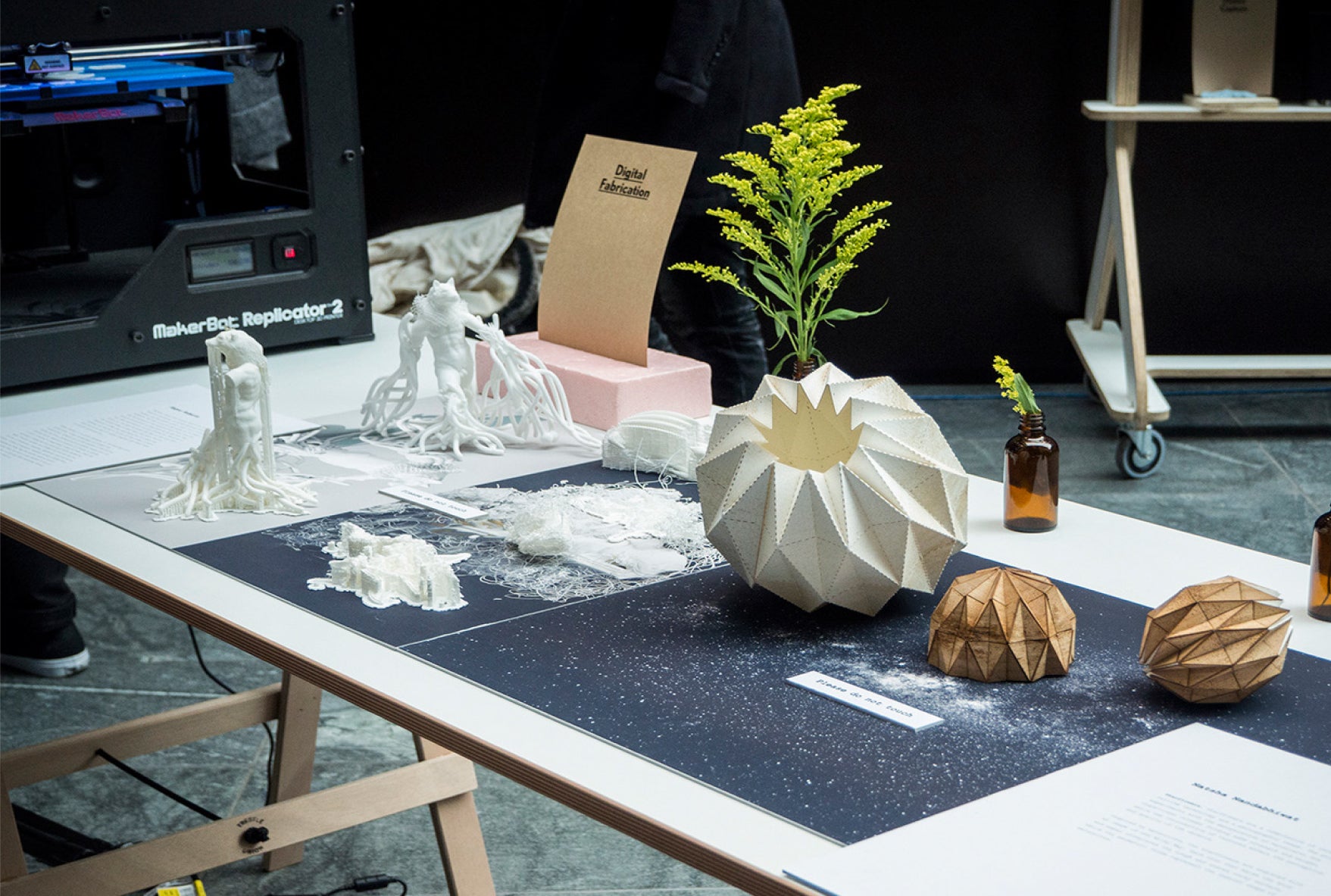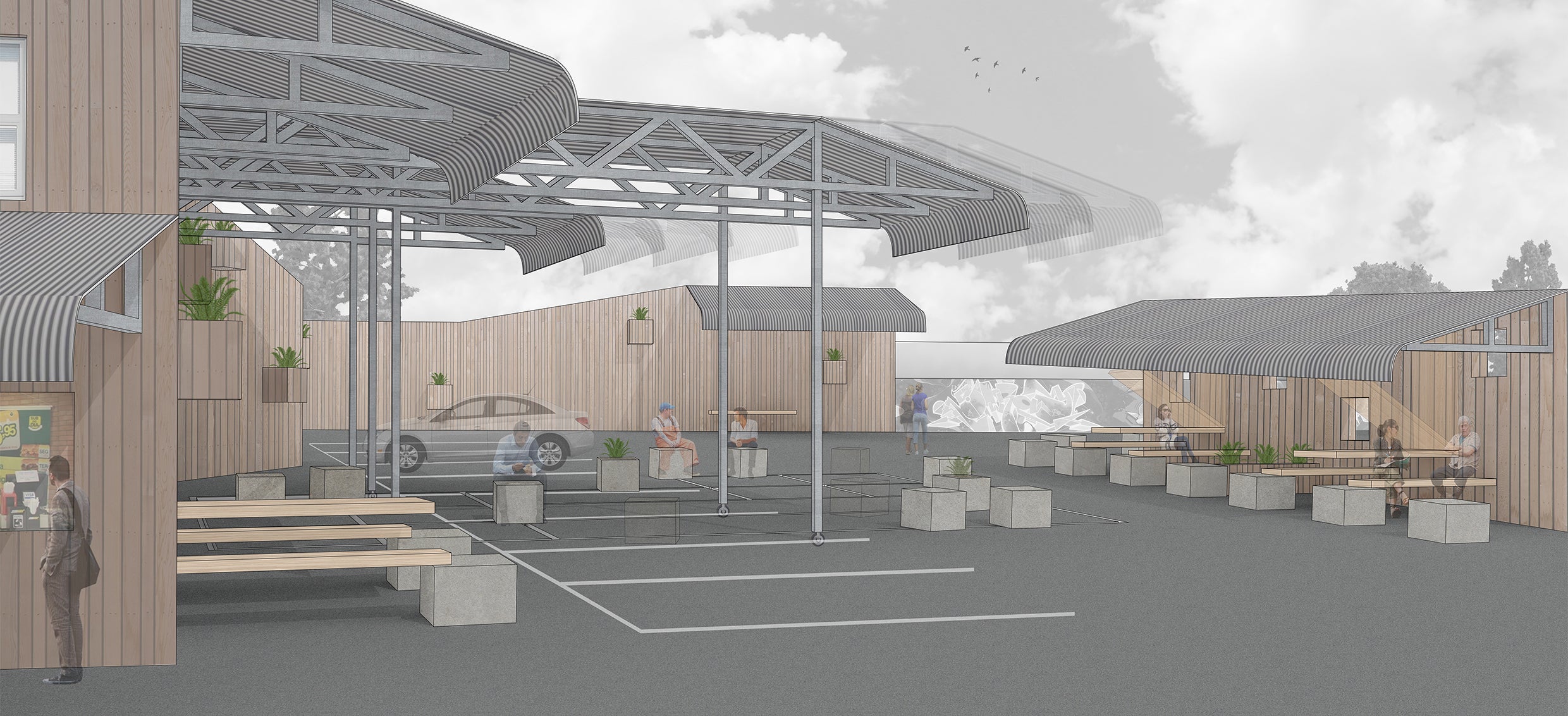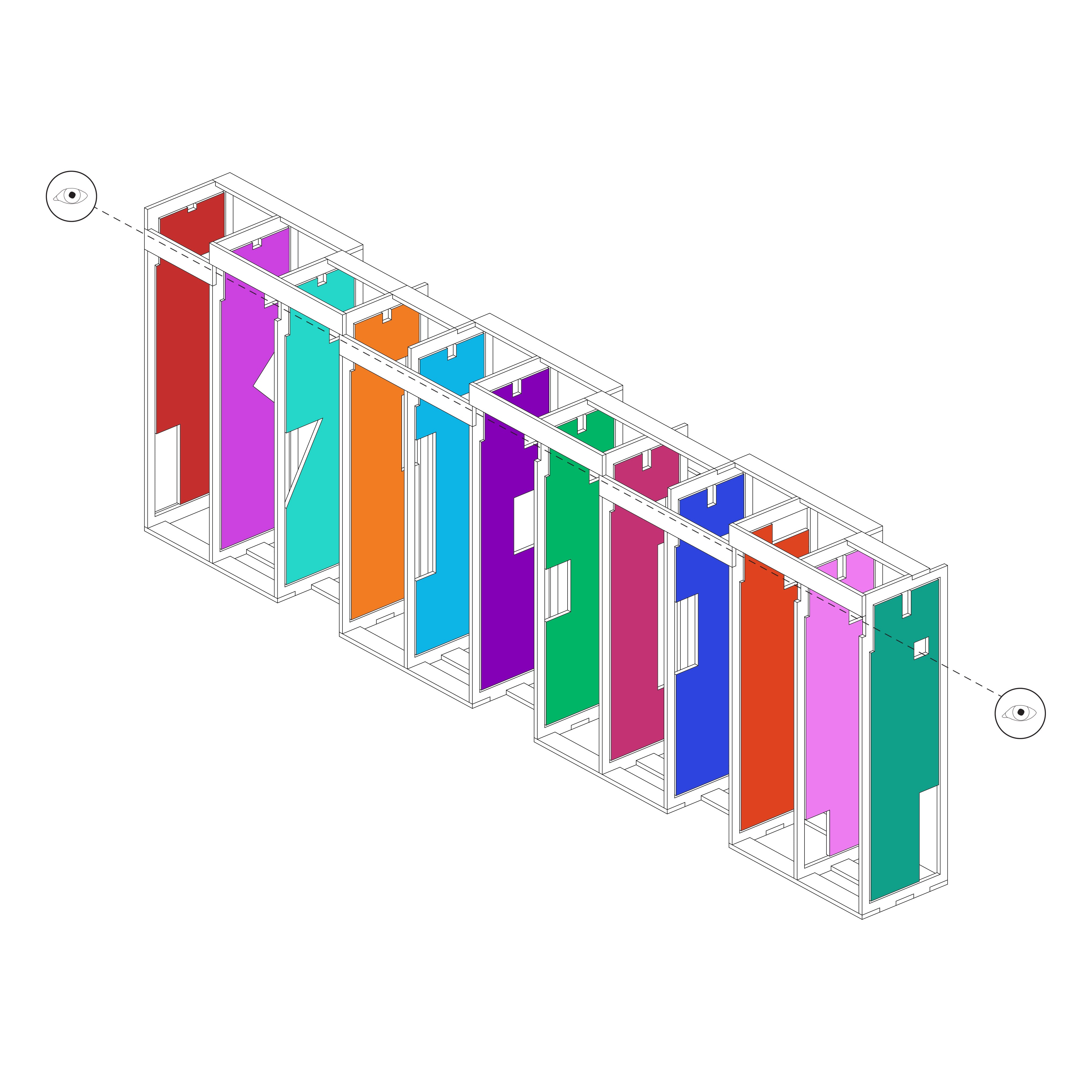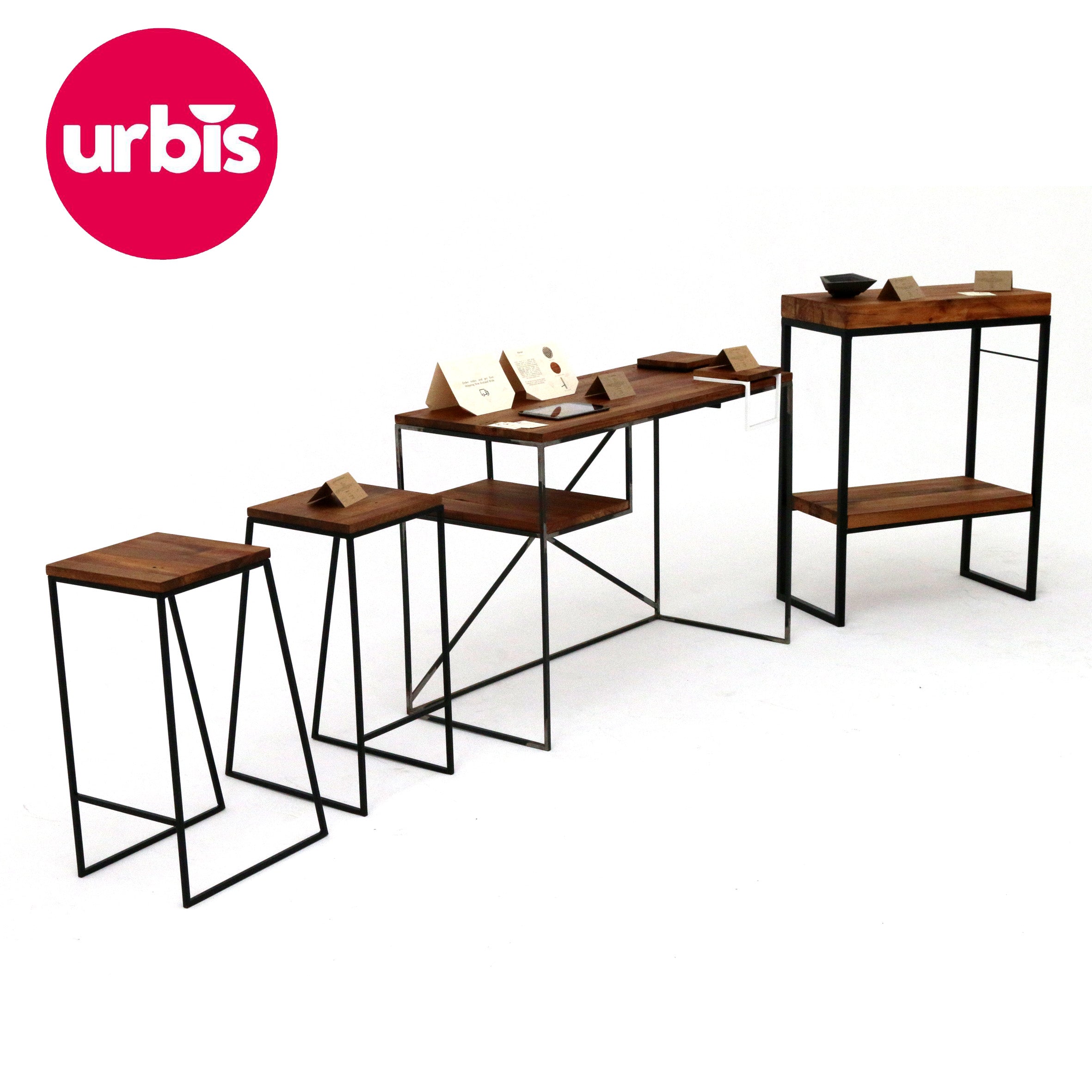
The Bauhaus, the renowned school of design in Germany valued a cross-disciplinary approach to design and a process that required using ones intuition through physically engaging with materials - designing through making. Some of the most internationally recognised design outcomes have emerged with these foundations. Instilling these principles is what sparked the 'Designer/Maker: Celebrating The Messiness of Process' event to be realised.
The event aimed to reconnect the final product with the journey that it took to get there and to showcase the value of designing through making. The event was structured into two parts: an exhibition that featured a range of Atelier Jones Design's furniture and objects with key elements of the process involved in the making (from conception to fabrication) and a series of talks from seven fierce designer-makers who came from diverse disciplines and ranged from students to established professionals.
The goal was to generate cross-disciplinary collaboration, to learn through the creative process of others and to inspire anyone to design through making.
The event was part of the NZIA Festival of Architecture 2019 and was hosted at the Ellen Melville Centre, in Auckland.
Below are all the speakers with their respective blurbs about their talk.
Exploring Materiality & The Art of Inefficiency
Hosted by Imogen Zino, Master of Design – AUT University
Imogen is a designer of experiences and artefacts. Her work explores sensory interactions through texture and materiality. Imogen is currently working with Good Health Design and completing a Masters of Design at AUT. Imogen is also a jewellery and textile designer using a range of creative materials and processes. View her website here.


Advanced Casting Methods with FDM 3D Printing
Hosted by En Torng Sung, Masters of Spatial Design – AUT University
En Torng Sung is currently studying a Master’s in Spatial Design at AUT University. She will share her explorations of some of the bespoke processes of casting through digital fabrication. En Torng has developed a system for ‘timeless candles’ where each builds upon the last.
Her project Melt&Re: pushes the limitations of mold-creation through 3D printing, exploring the material-efficiency of digital fabrication through wax candles. The project tackles 2 part, 4 part and 6 part molds, and celebrates how quickly and resourcefully molds can be made with 3D technology, as well as the material compatibility of PLA 3D printing. In each candle, the colours melt into each other to create a continuous cycle of remolding and recycling wax.


Building an Inclusive Fashion Brand
Hosted by Natasha Ovely, Founder & Designer – Starving Artist Fund
Natasha Ovely is the founder and fashion designer of Starving Artists Fund, a socially conscious, gender-neutral clothing brand. Each piece is ethically made and locally produced in Auckland, New Zealand.
Having graduated from Elam school of Fine Arts, Natasha’s process is deeply rooted in her sculpture background. Her talk will explore a multi-disciplinary look at the creative process, in a raw and uncensored way. The talk will further address concepts of inclusivity and the cultivation of new cultures within a brand premise by celebrating individuality.


Second Life Divider – Upcycling Our Plastic Waste
Hosted by Kynan Robinson, BAS Product Design – AUT University
Kynan is currently studying industrial design at AUT and has a strong interest in sustainable material applications. He will be discussing the process of finding alternative uses for used milk bottles being generated in AUT’s city campus. The project was worked on by 8 design students, whose aim has been to identify opportunities for recycled products within the university.
A focus for the students was to innovate the processes that this material can be put through, in order to achieve functional and pleasing qualities. Kynan has aimed to create a study desk divider that brightens the atmosphere of a space while providing a calming environment in which students can focus.


Pushing the Limitations of Clay with Digital Fabrication
Hosted by Benny Butcher, BAD Spatial Design – AUT University
Benny is currently in his final year of a spatial design degree at AUT. Having previously worked as a composite boatbuilder, he brings a high level of construction knowledge and accuracy to his craft, along with hands-on experience working with many different materials. Throughout his degree, Benny has developed a process that merges digital fabrication with handcraft. This process, while being highly designed, attempts to celebrate the uniqueness and analogue nature of making.
In this talk, he will discuss the development of his process and showcase his explorations into laser cutting clay.
View one of Benny's project at the Best Design Awards
here.


Unhurried Collaborations – building a high-performance home with family and friends
Hosted by Tonia Williams, Director – Oarsom Creative
Decades in high-performance sport inform much of Tonia’s thinking in design and building fabrication.
A graduate of the Auckland School of Architecture in the late 80’s, the call of sport and travel lead to successful careers in both in the United Kingdom and Switzerland before returning to New Zealand in late 2000.
Surrounded by ‘leaky buildings’, the ‘unacceptable solution’ was to be avoided at all costs, so ‘new’ building technologies and ways of working were adopted on her own and clients’ homes. The ‘Gestalt’ result reflects the clear vision, open collaborations and friendships - all an integral part of the process.


Designing around Material Qualities, Properties and Narratives
Hosted by Raimana Jones, Founder & Designer – Atelier Jones Design
Raimana Jones is the founder and designer-maker at Atelier Jones Design - a bold furniture and object design studio that sustainably manufactures and handcrafts in Auckland, New Zealand.
Raimana has built a process that revolves heavily around the materials used, which allows them to be celebrated and amplified. This has created a foundation for the studio's design process putting the materials at the forefront of the work. There are specific parameters that Raimana has set up when designing with materials, broken down into teh following categories:
- Material Qualities, which is the type of atmosphere they generate.
- Material Properties, which are traits that are measured scientifically (density, colour, mass, volume, length, malleability, melting point, hardness, odour, temperature, etc.)
- Material Narratives, which refers to the historical origins, the stories, and myths which have contributed to shape our perceptions.
In this talk, Raimana will focus on how to engage with materials using these three parameters and how this can form a pre-requisite, a template for designing.


Thank you to all the talented Designer/Maker guest speakers. Your talks brought a lot of value and insights to the creative community and sparked interesting conversations. We hope this has inspired you to trust your process, to be messy and to be curious about learning from other art & design disciplines.















